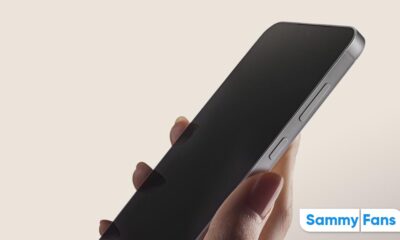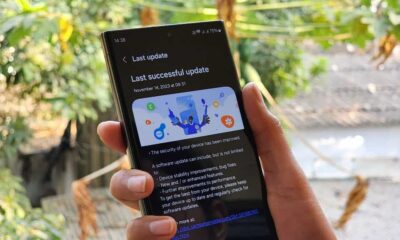Android
Android 14 Beta 1 announced with UI and graphics upgrades
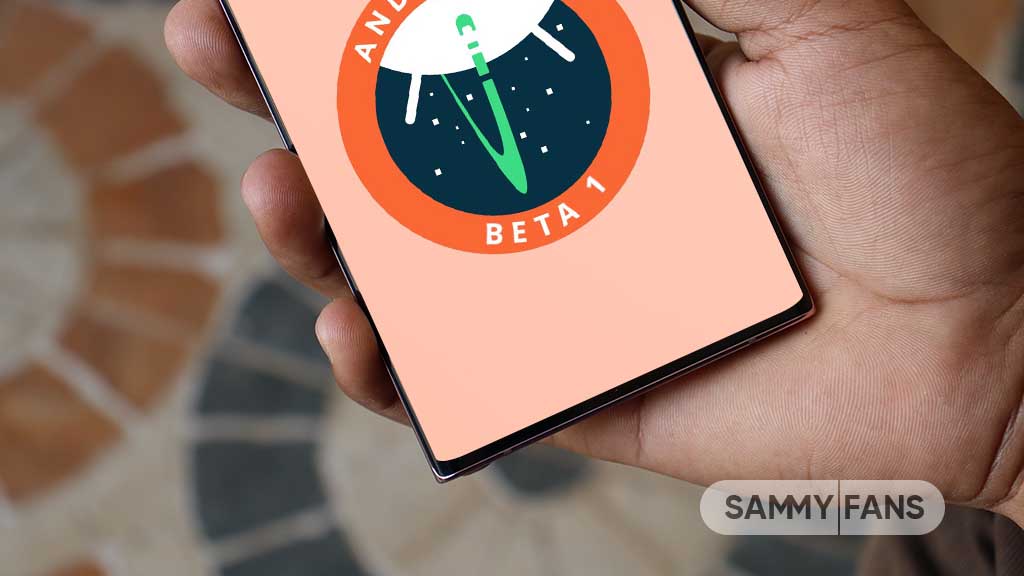
Google has just announced the Android 14 Beta 1 for Pixel smartphones with System UI upgrades and Graphics capabilities. Starting today, Pixel owners can download and enjoy the new OS version ahead of its Stable release, which is expected in August.
According to the info, Google’s Android 14 Beta 1 comes with three noticeable features including more helpful system UI, data transparency, and graphics capabilities. For Samsung, this release is not directly beneficial but begins the journey towards One UI 6.
Apart from this, Android 14’s user interface changes include a new back arrow, improved share sheet, and system UI renovation. The latest version focuses more on consumers’ data privacy by increasing the transparency of access through Beta 1.
Beta 1 brings new back arrow, which follows the home/lock screen wallpaper (color palette) for more optimized appearance. Secondly, Google sufficiently worked on improving the design of share sheet as apps can now add custom actions to system share sheets.
Talking about personalization, Android 14 improves the per-app language preferences and lets apps detect the UI language of the current app. As part of enhancing privacy, Android 14 appears to be limiting visibility to disability-focused accessibility services.
Stable Release?
Google first introduced the Android 14 OS on Developer Preview 1 on February 8, followed by DP2 on March 8. According to schedule, the first Beta is released in April 2023, hinting at official rollout by August, similar to the last year’s rollout.
As soon as Google seeds Android 14 OS to Stable channel, Samsung will begin the One UI 6 Beta program for Galaxy devices. The Galaxy S23 series will be the initial receiver of the new OS version sometime in mid-August, however Stable release is expected later this year.

Android
Android gets Instant Hotspot feature that your Samsung Galaxy will miss out
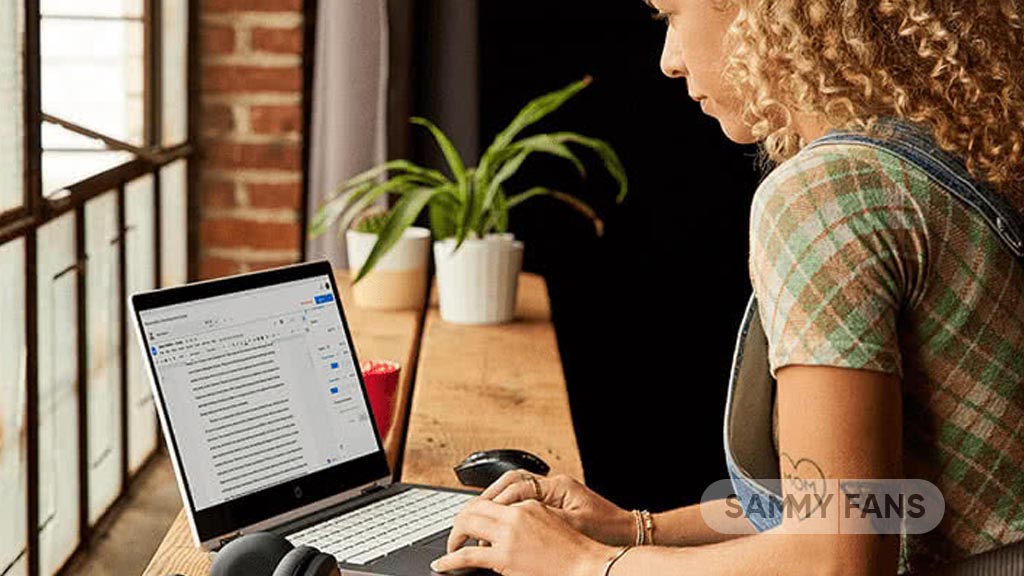
Google has recently released Android Feature Drop with a new feature called Instant Hotspot, which simplifies the way devices connect to the internet. However, the search giant officially announced that the Instant Hotspot feature will not be available on Samsung devices.
The Instant Hotspot feature allows Android tablets and Chromebooks to connect to a phone’s hotspot with just a tap, simplifying the process of sharing a mobile data connection. Previously, users had to manually activate the hotspot, search for it on their device, and enter a password to connect.
According to the information via Android Authority, this feature is part of a new Cross-Device Services module in Play Services, bringing a seamless experience similar to Apple’s Continuity.
Instant Hotspot feature works on phones running Android 11 or newer, but, notably, Samsung devices are excluded. While the exact reason for this exclusion is not disclosed, Samsung may have chosen not to participate to promote its own connectivity features.
Still, Samsung Galaxy device owners can quickly connect their devices to the internet through existing features like Auto Hotspot for Samsung tablets and Instant Tethering for Chromebooks.
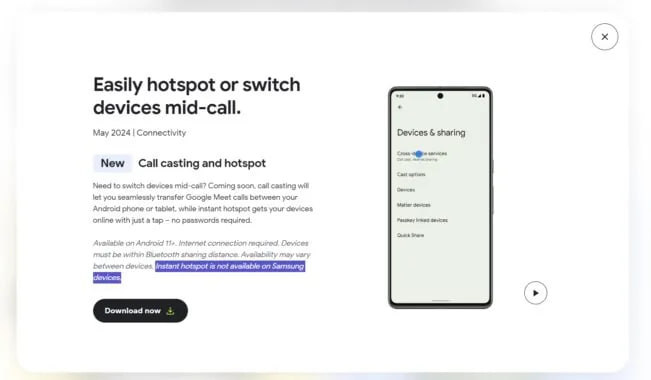
Android
Android’s Find My Device app to get Biometric login, Remote lock features
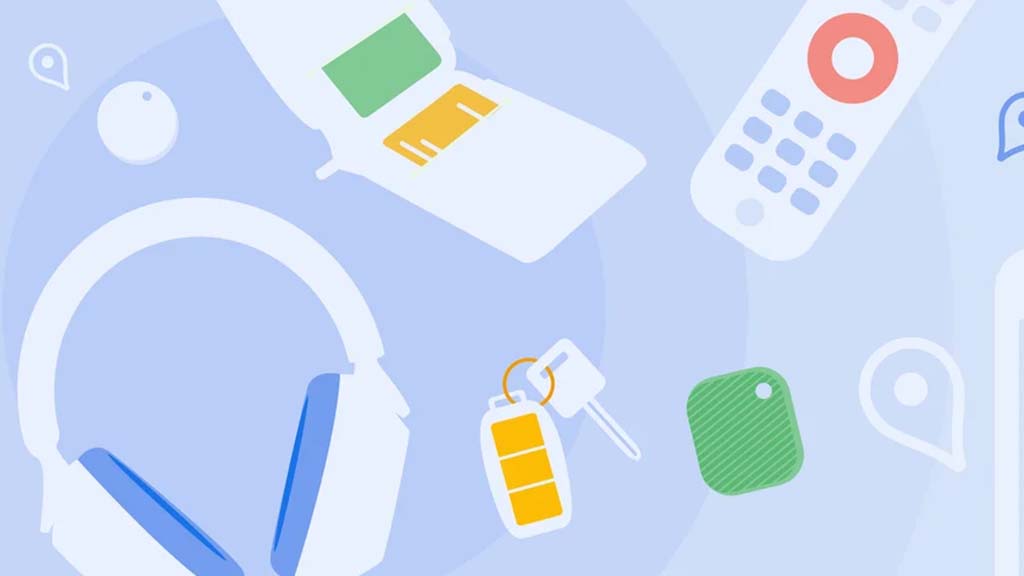
Google is bringing Biometric login support to Android’s Find My Device app. It is a quite useful app that allows you to find your stolen or misplaced Android device. Recently, Google started releasing the Find My Device network with upgraded capabilities.
Google continues to enhance Android and ecosystem services. The recent rollout of offline findings significantly boosted the usability and importance of the Find My Device functionality. Advancements coming to Android would directly benefit Samsung and Galaxy users!
Biometric Login
AndroidAuthority discovered that the Find My Device app seems to be testing a new “Allow Biometric login” option. This feature would allow you to verify your identity through biometric verification. This will significantly ease the accessibility of the app so you can effortlessly locate your devices.
Remote Lock
Apart from this, Google is also working on a new Remote Lock feature for Find My Device. It is expected to make it easier to lock your lost phone, similar to what Samsung offers. However, it will require login credentials of your Google Account and verification code if enabled.
The report mentions that the Remote Lock feature will be rolled out to Android 10+ devices. It might allow you to put a screen lock if it isn’t enabled before losing. Later this year, a major Google Play Services app update will bring it to your device.
Android
Android 15 Beta 2.1 update fixes Private Space issue

Google has released Android 15 Beta 2.1 update for Pixel 6, 6 Pro, 6a, Pixel 7, 7 Pro, 7a, Pixel 8, 8 Pro, 8a, Pixel Tablet, and Pixel Fold. This update primarily addresses an issue with the Private space feature.
Android 15 Beta 2.1 comes with the security patch for May 2024 and can be identified through version AP31.240426.023. It is a minor update with a size of around 11-12MB.
The main fix in this update corrects an issue where initially creating a Private space caused the removal of app icons from the Home screen. With this update, the process of setting up a Private space will no longer affect the Home screen’s organization.
Google has also shared some tips on how to manage the Private space. For instance, if you can’t recall how to access a hidden Private space, simply search for ‘Private Space’ in the search bar.
Moreover, if you forget the unlock method for Private space, it can be deleted from the reset options in the device settings. Apps can also be installed in Private space by long-pressing the app icon and selecting the ‘Install in private’ option.
One UI 7 (Android 15) to boost Galaxy phone battery with 3 extra hours of standby
Stay up-to-date on Samsung Galaxy, One UI & Tech Stuffs by following Sammy Fans on X/Twitter. You can also discover the latest news, polls, reviews, and new features for Samsung & Google Apps, Galaxy Phones, and the One UI/Android operating system.
Do you like this post? Kindly, let us know on X/Twitter: we love hearing your feedback! If you prefer using other social platforms besides X, follow/join us on Google News, Facebook, and Telegram.





